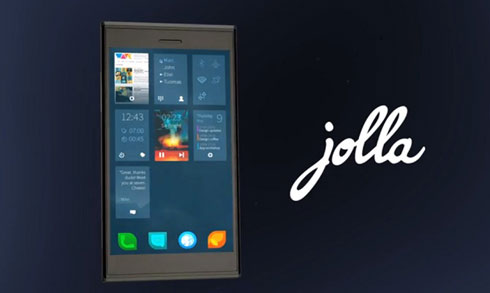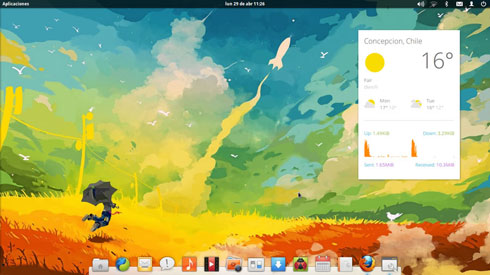2015 will be a quite unique year for tech-enthusiasts. Although making predictions regarding tech developments is not safe even when it only concerns a few months ahead, it is relatively certain that no ground-breaking hardware developments are likely to happen.
On the contrary, software will likely be the focus of excitement and innovation once again. In this post, we will look at the three most promising free and open source operating systems that will get released in 2015 and are expected to agitate the calm waters of the operating systems sector.
1.) Steam OS
Steam OS is a Linux-based operating system that is specialized in running the Steam client and Steam games while offering an immersive gaming experience for secondary tasks as well. It uses the solid and stable Debian distribution as its basis, and the latest and greatest GNOME Shell graphical interface. On top of Debian, Valve has implemented third-party graphics drivers, a newer Linux kernel, and a custom graphics compositor that guarantees the seamless transitions from the client to the OS.

The fact that this is a gaming distribution based on Linux sounds contradictory on its own, but remember that Valve is known for its diligent, top-quality creations and their first operating system can’t be a dissonance. The first public beta was released over a year ago, and Valve already encourages the use of this unfinished system since late 2014 as usability got improved and GPU performance is now at Windows-comparable levels.
2.) Sailfish OS
Sailfish operating system is one of the few direct opponents of the well-established Android. It is very similar in terms of technical nature as it runs on top of a Linux kernel as well, and its SDK is completely open source. The history behind this system is quite interesting. Before Android hit the masses, Nokia was developing their own Linux-based OS for mobile devices called Maemo (and later MeeGo). After Nokia’s acquisition by Microsoft, the Linux system development ceased, and the people behind it created a new company called Jolla to continue their work.

The system is now fully compatible with Android, runs HTML 5 seamlessly and can already be used by non-Jolla devices like four models of Google Nexus, Samsung Galaxy S3, HTC Desire HD and Z, as well as Nokia 950 and N9. With year of development and testing experience in their pockets, Jolla developers are feverishly preparing version 2.0 to be ready for release by mid-2015. The aspirations are high, as gesture controls, multitasking, button-free operation, and wide hardware compatibility are promised.
3.) Elementary OS
Building the best Linux distribution is a topic that has generated so much dissent among Linux users, and it has highlighted clearly, the fragmented nature of these systems as well as the numerous open source project management problems. Maybe the most successful distribution in every sense so far is Ubuntu that is both popular, easy to use, and supported by hardware vendors and proprietary software developers. Although Ubuntu never managed to conquer the desktop PC market with its refined and simplified Debian approach, it was the one to get closer than anyone else. 2015 will be the year when another Linux distribution will try to achieve the impossible, and pursue a piece of the mainstream user pie.

Elementary OS is an Ubuntu-based Linux distribution that boasts coherent design, beautiful aesthetics, custom created or forked applications, and a large fan-base with devoted users who show their support through continuous funding donations that keep the project running. The upcoming forth version will be based on the latest long-term-supported Ubuntu version, with updated UI libraries and custom tools that will make all components look consistent and work together out of the box. This one will be the most sophisticated, bug-free and highly tailored Linux distribution system for the masses.

